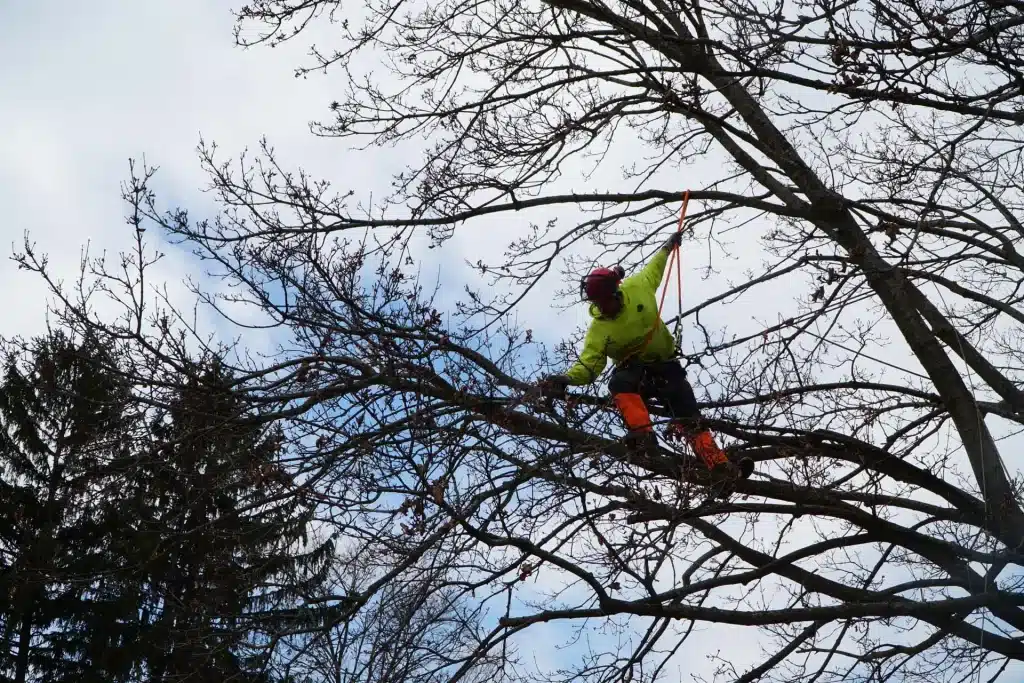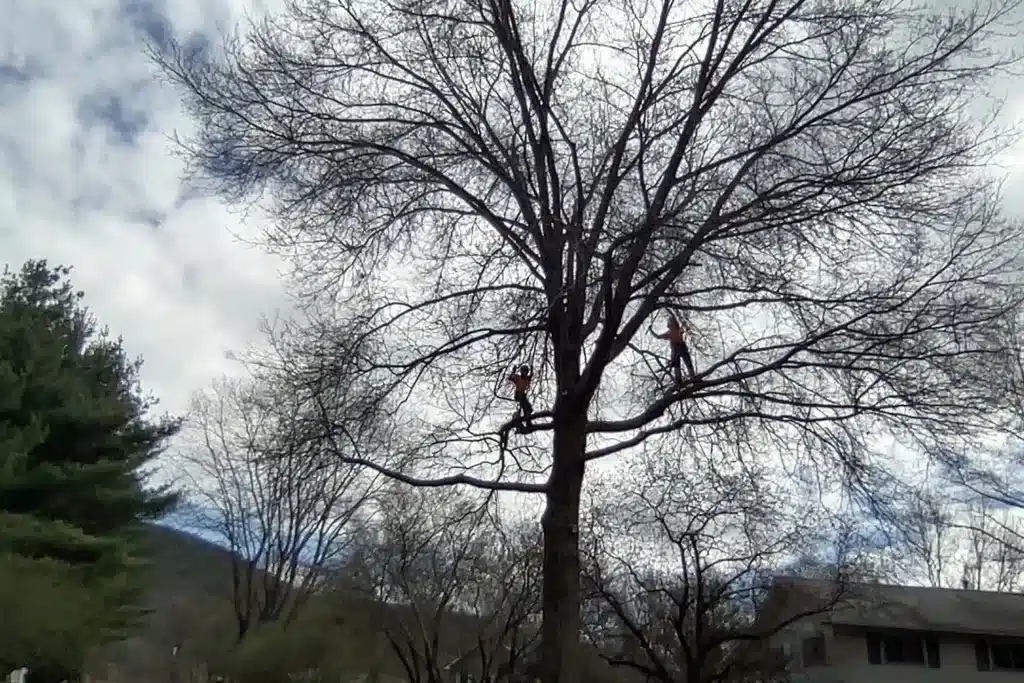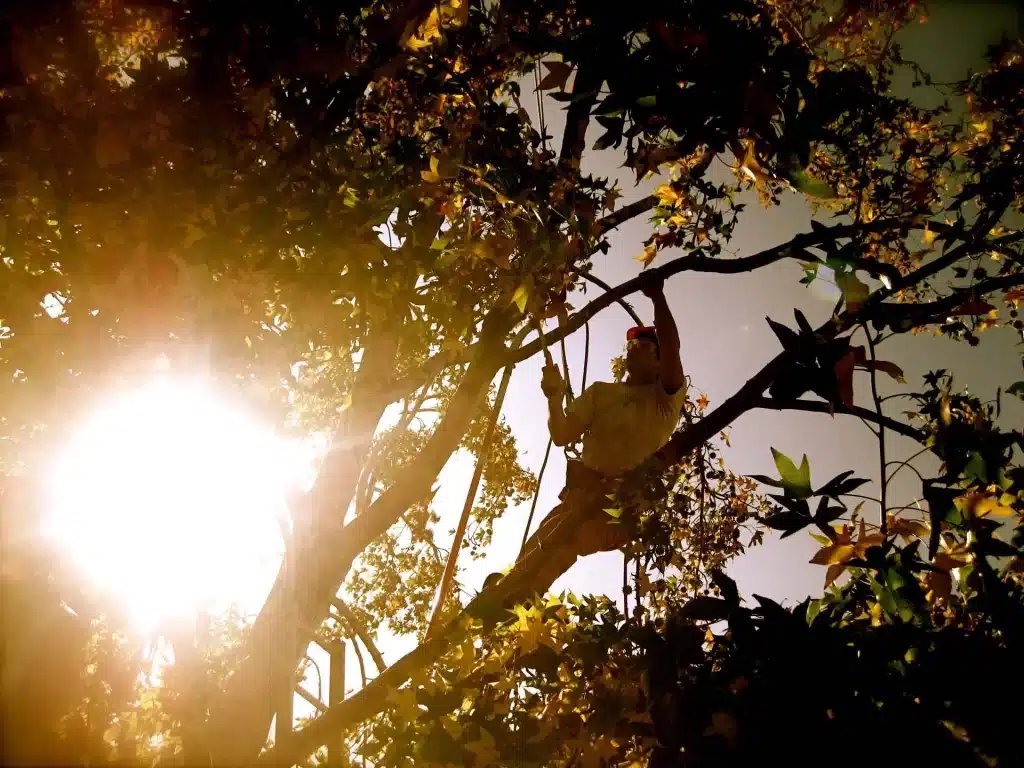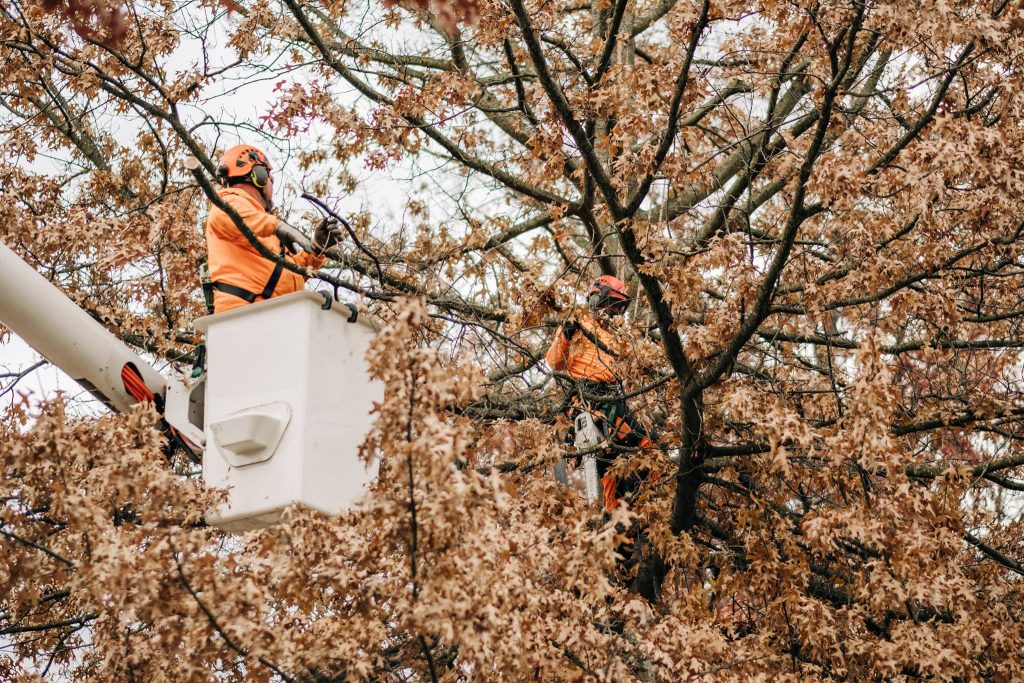Working With Precision
Pruning At A Glance
Tree pruning is a nuanced practice that involves more than just cutting branches; it requires a deep understanding of how trees respond to various interventions. Proper pruning promotes tree health, enhances structural integrity, and improves aesthetic appeal. It involves techniques such as thinning, crowning, and selective removal, each tailored to the tree’s specific needs. Our certified arborists are equipped with both comprehensive classroom education and extensive hands-on experience, having successfully pruned thousands of trees. We leverage this expertise to assess your tree’s condition and determine the most effective pruning approach. Whether your goal is to maintain safety, boost growth, or refine the tree’s shape, we provide expert recommendations and meticulous care to ensure your tree thrives. Contact us today to get started.




The Dos And Don'ts
Our Pruning Methods
Methods we DO use
- Pruning from the ground to raise canopies for height clearance.
- Pruning aloft with climbing ropes, ascenders, and safety equipment.
- Structural pruning, which helps trees' long-term structural safety, longevity, and viability.
- Deadwood and broken limb removal.
- Thinning to improve the aesthetic, allow light penetration, and improve visibility.
- Pruning for fruit production.
- Executing proper cuts at the branch collar, which allows the tree to heal.
Methods we DON’T use
- Excessively thinning more than 25% of the canopy.
- "Topping" trees by arbitrarily reducing the height, which is the worst thing you can do to a tree. For more information please see the ISA article, "Why Topping Hurts Trees."
- "Lions-tailing," which involves over-pruning the interior structure of the tree, leading to tip heavy limbs and, ultimately, branch failure.
- "Flush cutting" by cutting branches flush with the trunk, leading to decay.
